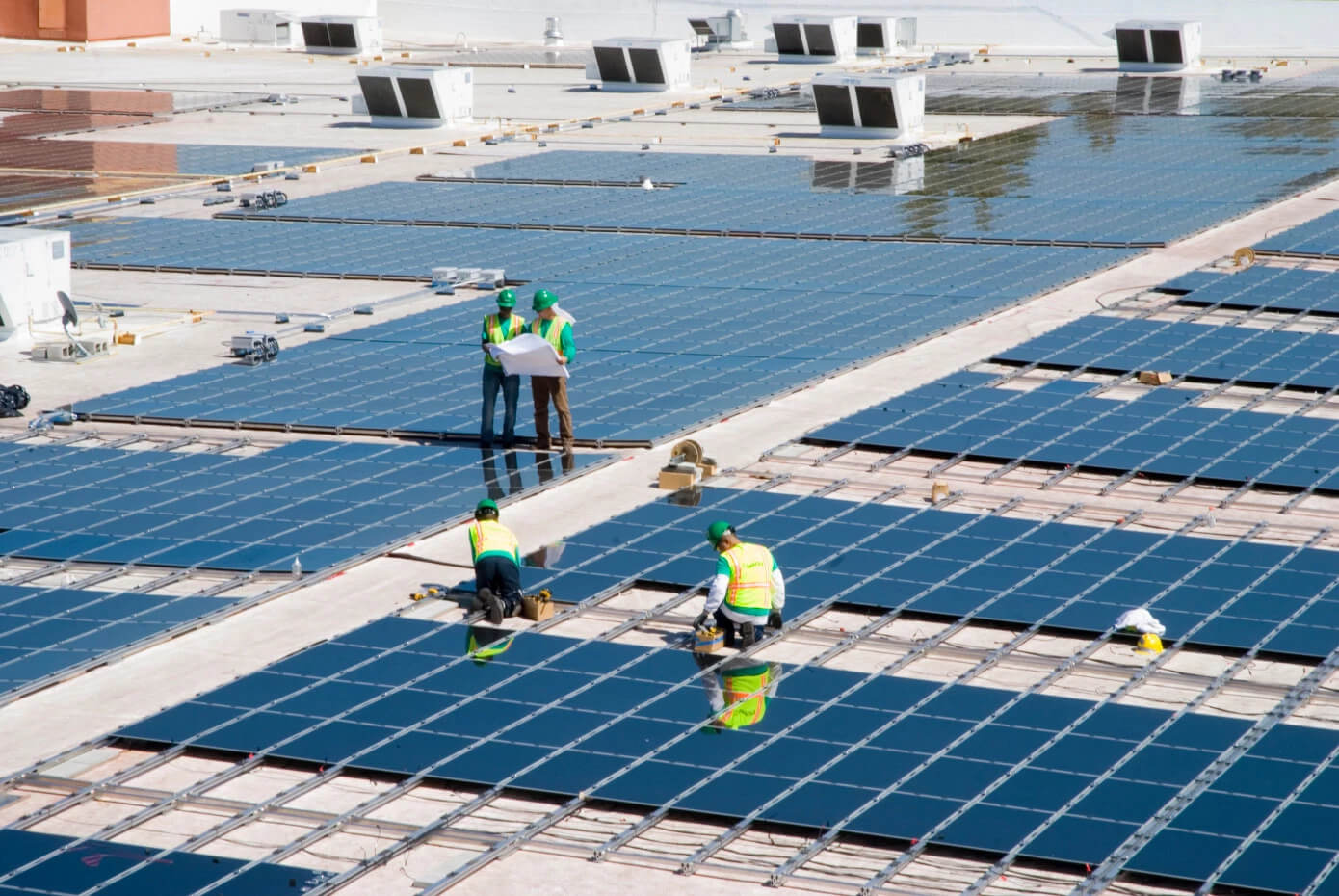Forward-looking: Recent studies indicate that the widespread adoption of solar panels worldwide could significantly reduce carbon emissions and slow climate change. The United Kingdom plans to take a major step toward that goal with upcoming legislation that mandates panels on the roofs of almost all new homes.
The Times has seen plans indicating that the British government will soon announce a roadmap for installing solar panels on virtually all newly-built houses. If the legislation passes this year, the requirements might come into force in 2027.
According to experts, the plan will require 80% of new homes to cover 40% of their ground area with solar panels. Another 19% of new builds would have lower requirements due to factors such as roof angle, orientation, and shade. About one percent might be exempt from including panels.
Although the plans would make building new properties up to around £4,000 more expensive, the panels could help families save up to £1,000 on energy bills annually, potentially paying off the extra building costs in four years.
If implemented, the initiative would bring the UK closer to its goal of decarbonizing its electric grid by 2030.

Part of the strategy involves installing up to 47 gigawatts of solar power capacity by the end of this decade. The government is also expected to announce government loans for installing solar panels on existing homes, but building scaffolding and rewiring old buildings for solar is far more expensive than building it into new structures.
Although panels can dramatically reduce (and sometimes erase) energy bills, mass adoption can also throw power grids off balance.
Although panels can dramatically reduce (and sometimes erase) energy bills, mass adoption can also throw power grids off balance. In Australia, which has adopted solar energy with remarkable speed over the last two decades, the technology sometimes generates more power than grids can withstand.
Particularly sunny spring days produce excess energy during times of low demand because air conditioners aren’t running as much as they do during the summer. This forces states to either export or waste power, highlighting the need for more flexible grids in the future. Britain’s National Energy System Operator recently warned that excess solar energy might force power stations to shut down during periods of low demand.
Meanwhile, the US significantly increased its solar investments last year, contributing 60% of new energy capacity. Late last year, Oregon approved the construction of a 1.2 gigawatt station that could power around 800,000 homes a year, making it one of the country’s largest.
Source link